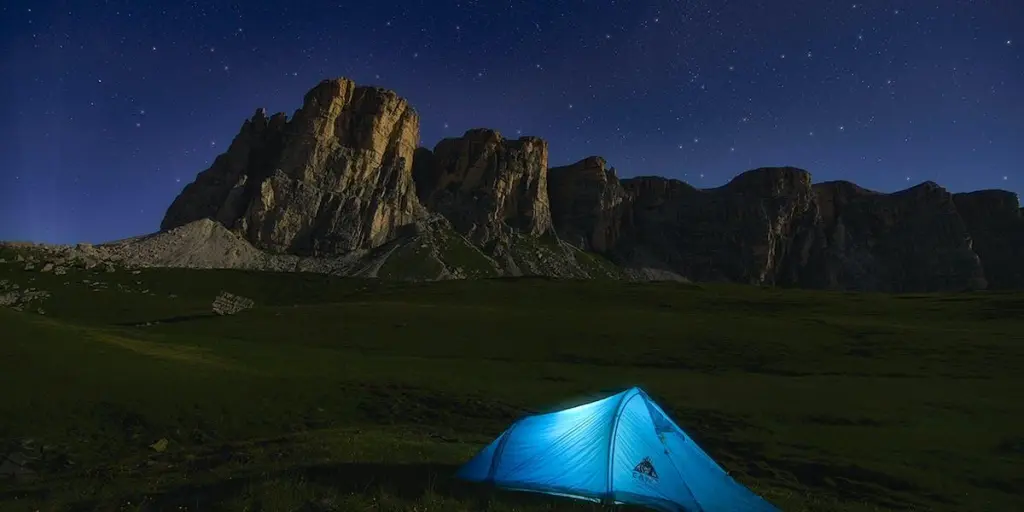Camping has always been a beloved outdoor activity. But before now, campers and other outdoor activists only had access to four tent types. The good news is that tent designs have evolved over the years, allowing more innovative types to flood the market. Most of these new variants offer different shapes, while others present easier setups.
However, with more tents on the market, it has become trickier to choose the ideal tents that consumers will love. Luckily, this article will discuss five camping tent types, highlighting the pros and cons that are making them popular in 2024.
Table of Contents
How big is the camping tent market in 2024?
Outdoor camping tents: 5 outstanding types to sell
In conclusion
How big is the camping tent market in 2024?
Experts say the global camping tent market’s value crossed the US $3.0 billion mark in 2023. Predictions still anticipate more growth, with the market expected to reach US $5.1 billion by 2032, growing at a 5.7% compound annual growth rate (CAGR). The camping tent market is exploding in profitability (and popularity) due to the rapidly growing interest in outdoor activities and adventure tourism, the improved availability of high-quality varieties, and the increasing influence of extreme sports and adventure shows.
Here are other key takeaways:
- Tunnel tents constitute a major segment of the global market. They are dominating due to their easy setup and spaciousness.
- Tents for three or more people also account for the largest market share (based on tent capacity).
- Europe is also the dominant region in the global camping tent market. Experts predict that it will maintain its lead due to the increasing popularity of outdoor activities and camping in the region.
Outdoor camping tents: 5 outstanding types to sell
1. Dome tents
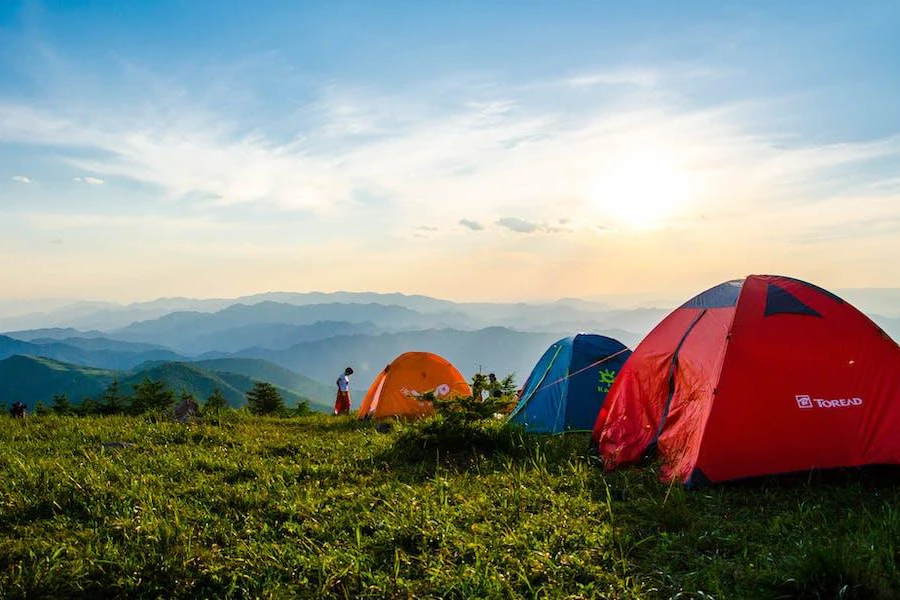
These are the classic camping tents—they may be the first thing that comes to mind when thinking about tents. Dome tents are made up of two poles that consumers cross over each other to create a well-known structure. When campers insert the poles into the tent’s floor, they create a free-standing structure that doesn’t require extra tools to maintain integrity. Consumers worried about the weather can also swing a waterproof layer over these dome tents for added protection.
Moreover, the tent’s dome shape does more than make things easy to set up. It also allows wind to glide over it easily, giving it some windproof qualities. And if it rains, water will slide off the tent. As a result, the dome tent is the go-to for camping in bad weather. It also comes in various tent sizes, but the larger the tent, the less weatherproof it is.
Pros
Dome tents have one of the easiest setups for camping, as they only need two poles. They will also remain intact after consumers set them up, regardless of the weather conditions. Additionally, manufacturers make them in single- or double-layer designs.
Cons
Unfortunately, dome tents have limited interior space, making it difficult for campers to stand fully and comfortably inside. Although they have impressive weatherproofing qualities, the larger sizes may fail consumers in bad weather.
2. Tunnel tents
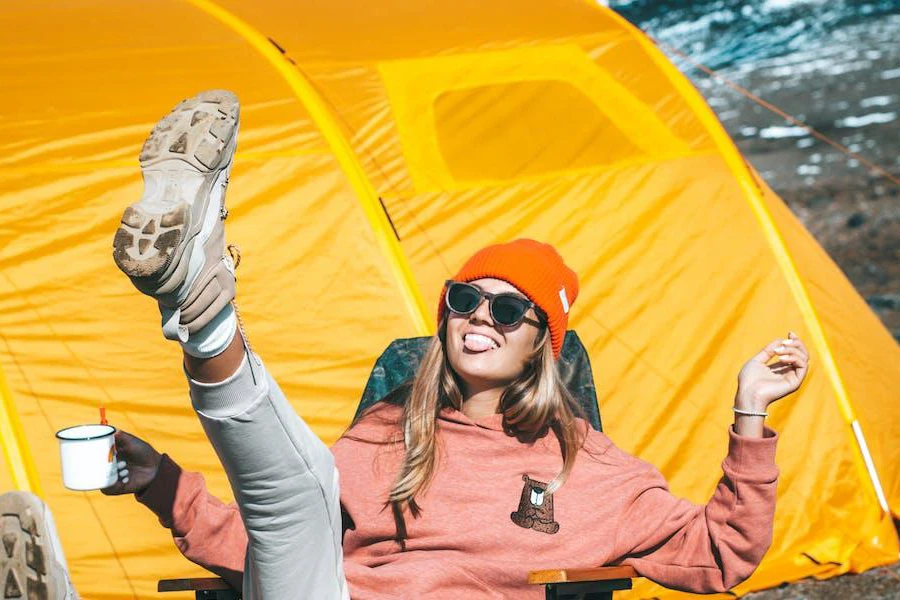
These tents are another popular option for outdoor camping. They feature two or more curved poles with tent fabric in between. The main goal of this design is to create tunnels with consistent overhead heights. Theoretically, campers can use a limitless amount of poles for their tunnel tents to get them in various sizes. However, tunnel tents can get weird when they host more than six campers.
Tunnel tents are also easy to assemble. But the tradeoff for better interior space is a freestanding design. Campers must fully stack these tents, making them terrible options for sandy soil or rocking terrain. The multiple guylines may also be a tripping hazard. Additionally, tunnel tents require attention to the wind’s direction before setup. A straight-on impact with the wind will send these tents flying, exposing campers to the elements.
Pros
Tunnel tents are the go-to for setting up camping sites with multiple rooms—everyone can have their privacy. Campers will also enjoy their amazing storage space, which keeps all their belongings inside the tent. What’s more, tunnel tents also offer more headroom, allowing consumers to feel more comfortable. They can also be set up in various layouts.
Cons
Although they have amazing benefits, tunnel tents don’t have freestanding designs, meaning consumers may have a trickier time setting them up. They also can’t withstand windy weather, making them bad for camping in such conditions. Since they don’t have freestanding designs, consumers will need multiple guylines, which increases the risk of tripping.
3. Cabin tents
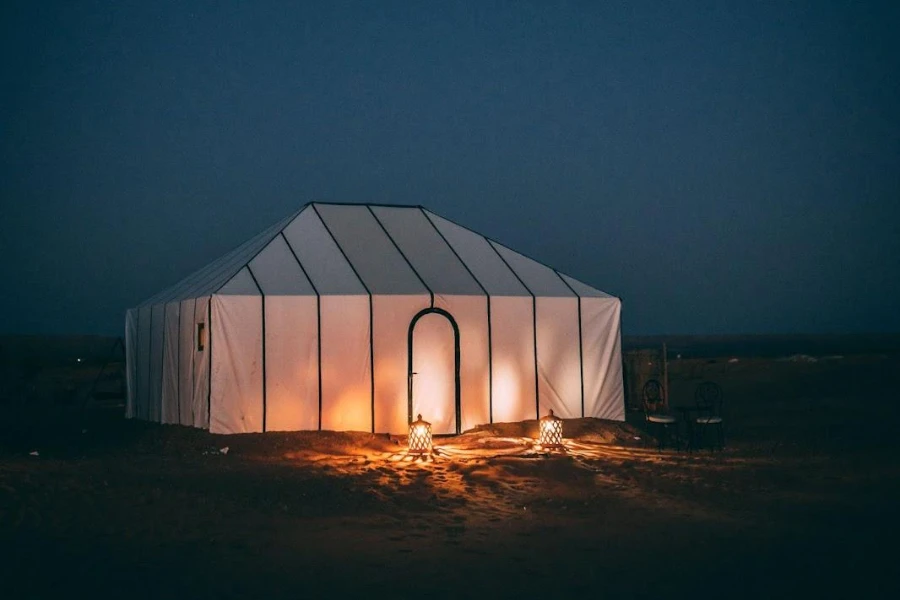
Who said an entire family or large group could replicate the feeling of a house outdoors? Cabin tents come with everything families need for a comfortable camping experience. They offer vertical or near-vertical walls, creating the illusion of cabin walls after setup. Because of these vertical walls, cabin tents provide spacious interiors with lots of headroom. In other words, if consumers don’t want to hunch over inside a tent or want to use cot beds, cabin tents are their go-to.
But there’s more. Cabin tents offer various sizes, so large families and groups are not the only sets they can accommodate. In addition, some cabin tents offer room dividers or make provisions for multiple rooms. Here’s the catch: these tents are so big and bulky that campers can’t set them up anywhere. Setting them up may also be a hassle, requiring multiple hands.
Pros
Camping tents offer the most interior space, making them perfect for families or ground camping. Their interior comes with enough headroom, allowing cabin tents to accommodate multiple heights like a real house.
Cons
Despite their impressive space, cabin tents don’t have freestanding structures, so campers must set them up with multiple guylines. Cabin tents are also big, meaning they leave a huge footprint and may be too heavy or bulky to lug around. Lastly, these tents are only great in mild weather—anything worse would lead to a terrible experience.
4. Geodesic tents
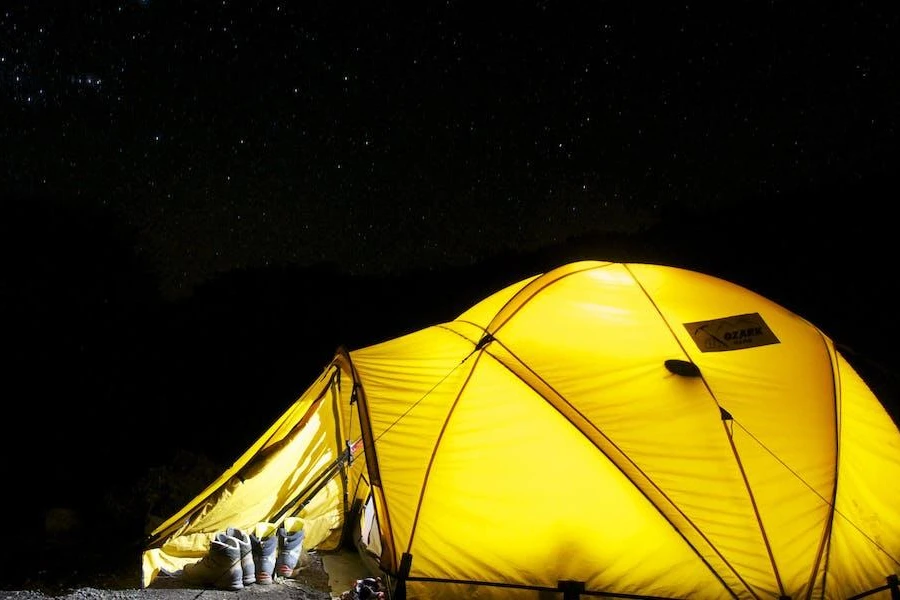
These tents top the charts when it comes to stability. They involve overlapping multiple poles over each other, which creates a very stable tent structure. Geodesic tents are also freestanding, offering round shapes to deflect rain, wind, and snow—no pooling over this tent! Even better, consumers can enjoy geodesic tent shapes if they want something different from the classic round.
However, setting up is a pain for geodesic tents. Their complex structures make it easy for campers to get confused—not everyone can effortlessly crisscross poles on their first try.
Pros
Geodesic tents have freestanding designs with higher durability and sturdiness than dome variants. Their overlapping designs make them the go-to for expeditions and winter/bad weather camping.
Cons
But unlike dome tents, geodesic tents don’t have a lot of variety—most of them look the same. These tents are more expensive than dome variants, despite their similarities. To top it off, these tents come with a more tricky setup phase.
5. Popup tents
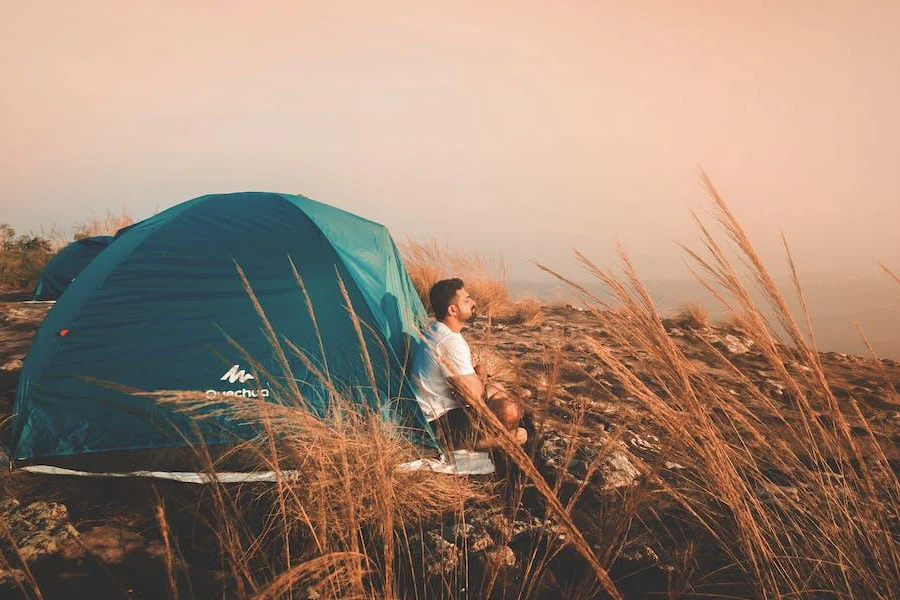
What if consumers want the most low-effort way to get the outdoor tent experience? The answer is popup tents. These tent styles come with one of two built-in poles in their fabric. The poles are usually flexible enough to stay coiled and pop into shape when consumers uncoil them—that’s how ridiculously easy they are to set up.
However, manufacturers make many trade-offs for this easy setup. One is lower stability, so even the lightest winds will send these tents flying. Also, this tent type is restricted to beach camping in mild weather or an outdoor festival.
Best for: Beach and festival camping
Pros
Popup tents are only great for beach and festival camping because of their incredibly easy set-up requirement—just pop and use!
Cons
However, popup tents have the worst weather resistance of all tents—even condensation is a big problem for them. They only have one layer, so popup tents are only good for quick shelters. Lastly, they have zero storage spaces, meaning consumers can only use them for brief outdoor events.
In conclusion
With more consumers engaging in outdoor adventures, camping tents are gaining amazing growth. Everyone, from families and couples to large friend groups, needs tents to complete their exciting outdoor experience, creating many profit opportunities in the tent market. However, the ideal tent depends on the experience consumers want.
If they are looking for easy outdoor camping in any weather, dome tents are their safest bet. Geodesic tents are similar to dome variants but are for more experienced campers. Families and large groups will lean toward cabin and tunnel tents, while popup tents work for consumers searching for quick shelter at beaches and festivals.
